Netflix’s The School for Good and Evil has quite an eventful ending and answers some of the major questions that all of us had while watching it.
The Netflix film is based on Soman Chainani’s novel of the same name and focuses on two friends, Agatha and Sophie, who attend the titular school. But things turn out quite differently than they expected.
Though Agatha was considered a witch back in their hometown and Sophie was always seen as the “good” one, the school places Agatha in the school of good and Sophie in the school of evil. Both assume that they’ve been placed in the wrong schools and go on a mission to prove their actual qualities.
But not everything turns out as you think it would. In this quest of proving and disproving, the two friends unveil a lot of truths about the school and themselves. As the film is pretty eventful with the friends going through various trials, the ending has to bear the burden of tying all the loose ends and answering major questions.
Here’s making sense of the eventful ending of The School for Good and Evil.
1. What happened at the end of The School for Good and Evil?
Let’s go over the events of the ending once again before we move on to the explanation.
When Sophie and Tedros begin falling for each other, the school intervenes. The couple insists that Sophie is actually good. At this point, the school asks Sophie to prove that she is ‘Good’ by undergoing a Trial by Tale. In this trial, Sophie and Tedros have to survive dangerous monsters in a forest and find each other by dawn.
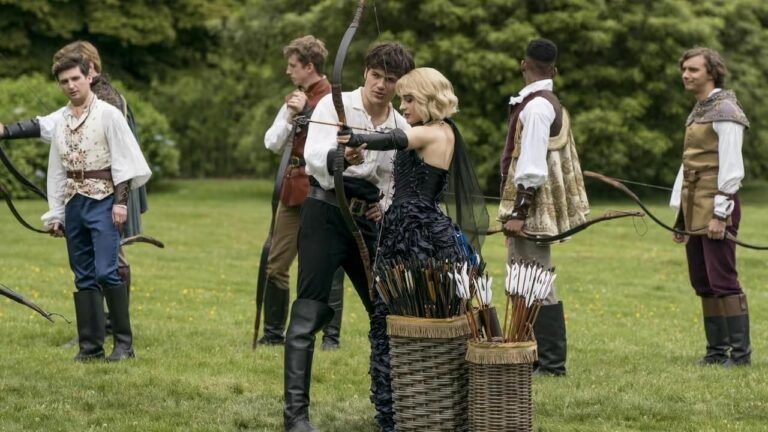
Naturally, Agatha sneaks into the forest to help Sophie. But when Tedros finds out that Sophie is not actually Good and was being helped by Agatha, he forfeits the trial. Agatha tries to stop him by insisting that she acted on her own accord, but it just doesn’t work.
A dejected Sophie blames Agatha for it all and decides to give in to Rafal’s evil temptations. After this, Sophie crashes the Evers Ball with the help of Rafal’s powers. She declares that the Good and the Evil have switched sides, causing the Evers and the Nevers to transform into each other.
It is also revealed that the Headmaster was actually Rafal in disguise. Though Sophie eventually sides with Rafal, she decided to change when she realizes that Rafal would destroy the entire school and everyone in it.
In the fight between Sophie and Rafal, Sophie sacrifices herself to save Agatha. Agatha sobs over Sophie’s body following her so-called death. But thankfully, her tears heal Sophie. Although the school has been restored, the two friends decide to go home, back to their previous lives.
2. Was Sophie actually Evil?
The entire point of the Netflix film is that the dichotomy of good and evil is fundamentally flawed. There are no such categories, so it doesn’t make sense to categorize people into good or evil. One can make some good and some evil choices, just like Sophie did in the film.

In the context of the film, I’ll assume for now that there are two houses: Good and Evil. In this case, Sophie was placed correctly in Evil and the Trial by Tale proves it. During the trial, Tedros is attacked by a Reaper and he loses Excalibur. Agatha insists that Sophie grabs the sword and defends Tedros, but she doesn’t listen.
Thus, Agatha has to intervene. Since a fundamental quality of the Good is to defend, Sophie choosing not to defend Tedros only proves that she is Evil, and not Good. Another reason is that Agatha decides to help Sophie in the forest and goes against the rules to sneak into it.
This proves that Agatha did not believe that Sophie was Good in her heart. Otherwise, she would not think it is necessary to help her pass the trial. Ultimately, the Trial by Tale does its job and proves that Sophie was placed correctly among the Evil.
3. Why doesn’t Agatha change in the Evers Ball?
Sophie, after crashing the Evers Ball, declares that the Evers and the Nevers have changed sides, causing them to transform into each other. The Evers are now dressed in black and the Nevers in white.

However, despite Sophie’s declaration, Agatha does not change sides or appearances during the Ball. This is because throughout the film, Agatha has been clear that she does not believe in the dichotomy of good and evil. She has always been advocating for a more balanced and gray view of the world. This is why she remains the same during the Ball but her classmates change.
4. What were Rafal’s motives?
In the end, it is revealed that the Headmaster was actually Rafal. This adds context to the earlier scenes in the movie, explaining Rafal’s true motives. Rafal and his brother, Rhian, were given the responsibility to run the school, which made them immortal.
They were supposed to balance Good and Evil but Rafal was not satisfied with the arrangement. He decided to duel Rhian. This was what was shown in the opening scene of the film. However, Rafal reveals that he killed Rhian and assumed his identity.
Rafal and Rhian destroyed the values of Good and broke the balance between Good and Evil. In the climax, he tells Sophie that all that she had experienced till now has been a test, proving that she is chaos. It is chaos that Rafal preferred over balance, as he explained to his brother during the duel.
Rafal also reveals that he was behind everything that happened in the film, as he was training Sophie to embrace Evil, considering her to be his true love.
5. The Metaphorical Meaning of the Ending
Although the title of The School for Good and Evil suggests that there is a fundamental difference between what’s good and what’s evil, the film suggests exactly the opposite. The ending of the film demonstrates that there is no clear dichotomy between Good and Evil.
There are no good and evil people, but only good and evil choices. A person is a mix of both good and evil decisions and one cannot be categorized into ‘schools’ based on their decisions. One decision cannot define someone.

Sophie’s stern belief that she is Good and her desire to change houses led her to take some really bad and selfish decisions, which is what ended up proving that she is actually Evil. Agatha, on the other hand, never believed in this dichotomy of good and evil, which allowed her to make better decisions that benefitted others as well as herself.
The actual meaning is reinforced when Sophie sacrifices her life at the end to save Agatha, proving that there is no good and evil. One decision cannot define a person, and neither should it label anyone.
6. About The School for Good and Evil
The School for Good and Evil is a 2022 fantasy film. Based on the 2013 novel of the same name by Soman Chainani, it is directed by Paul Feig with a screenplay written by David Magee and Paul Feig.
Best friends Sophie and Agatha are plunked into an epic battle in a school where Good and Evil stand divided, and they must fight to preserve the balance between both.
The film stars Sophia Anne Caruso, Sofia Wylie, Charlize Theron, Kerry Washington, Laurence Fishburne, Michelle Yeoh, Jamie Flatters, Kit Young, and Peter Serafinowicz.
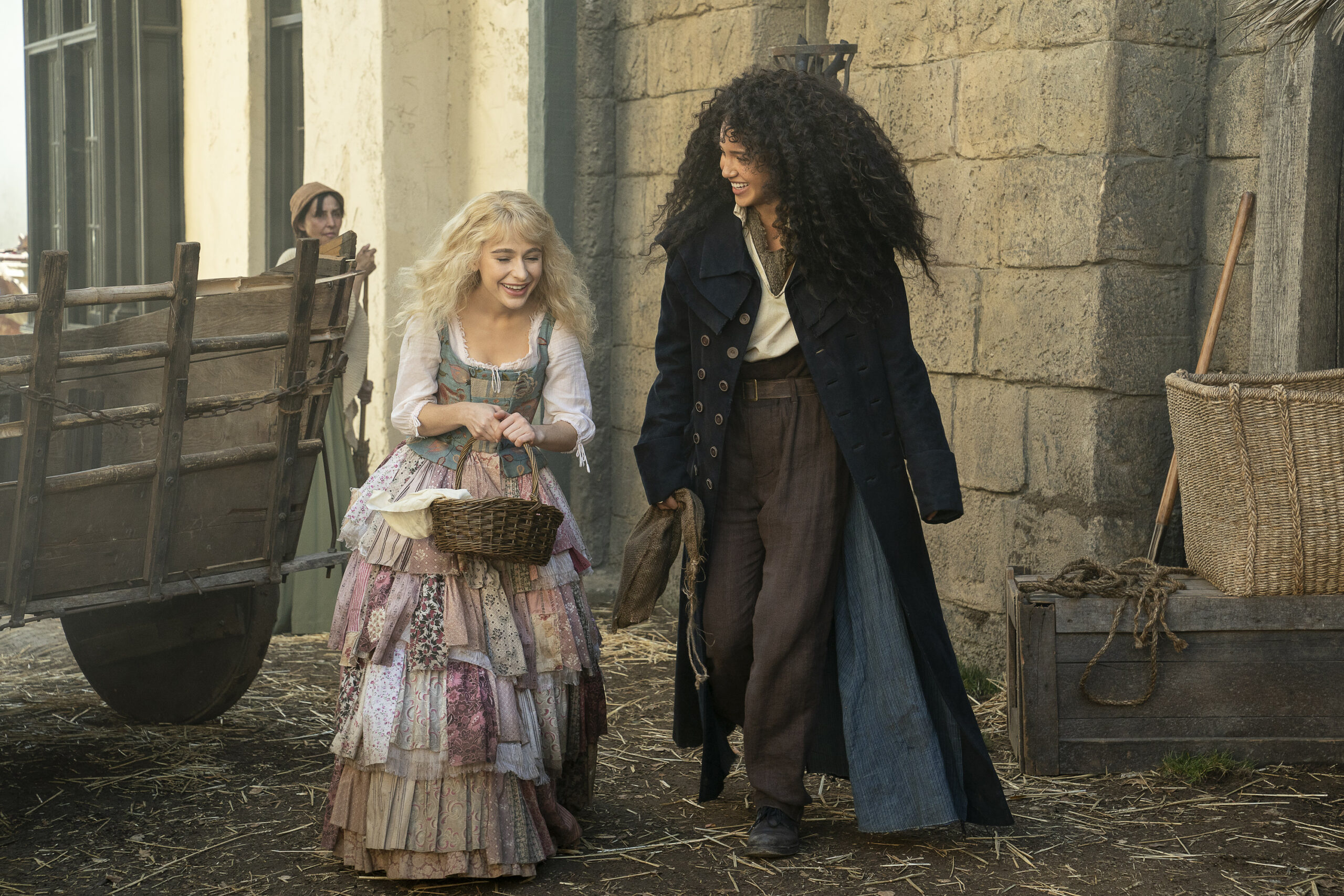


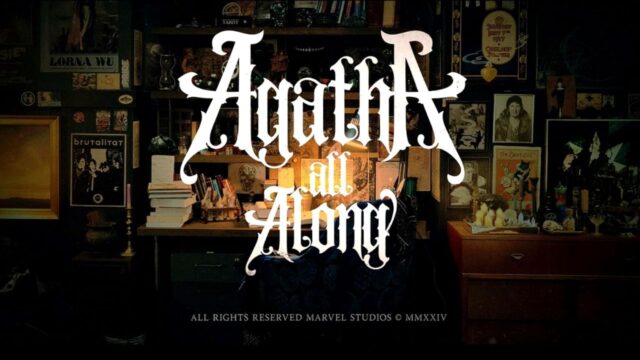


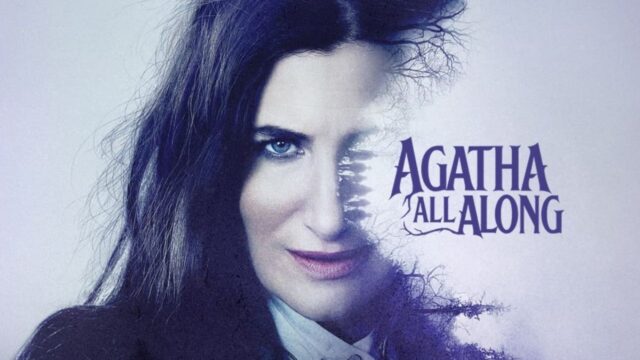

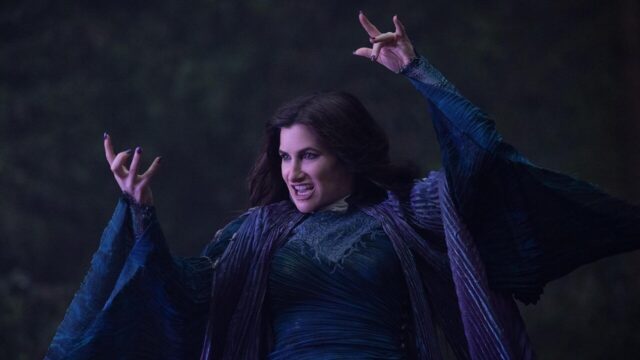
No Comments on The School for Good and Evil Ending Explained and Major Questions Answered